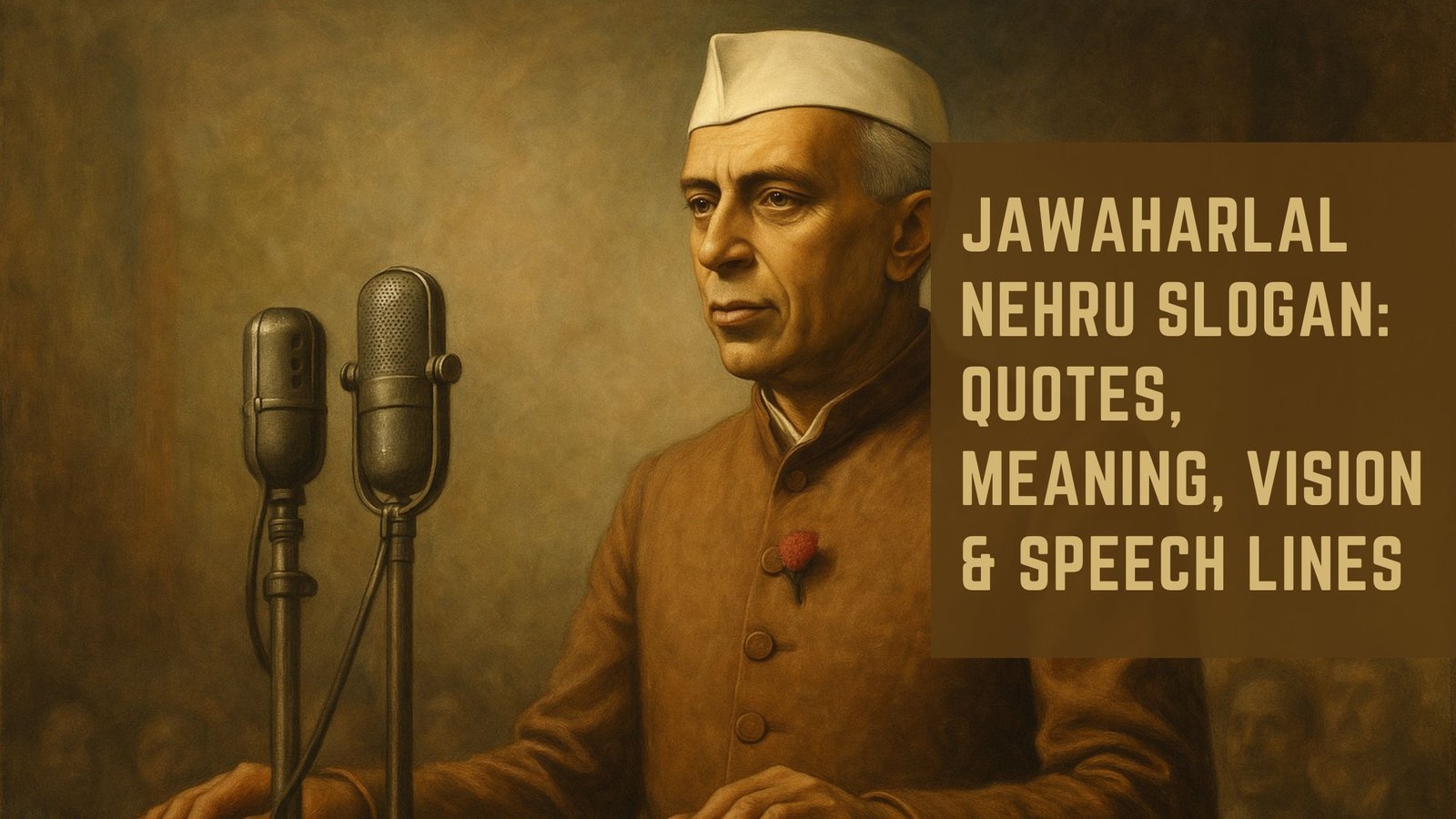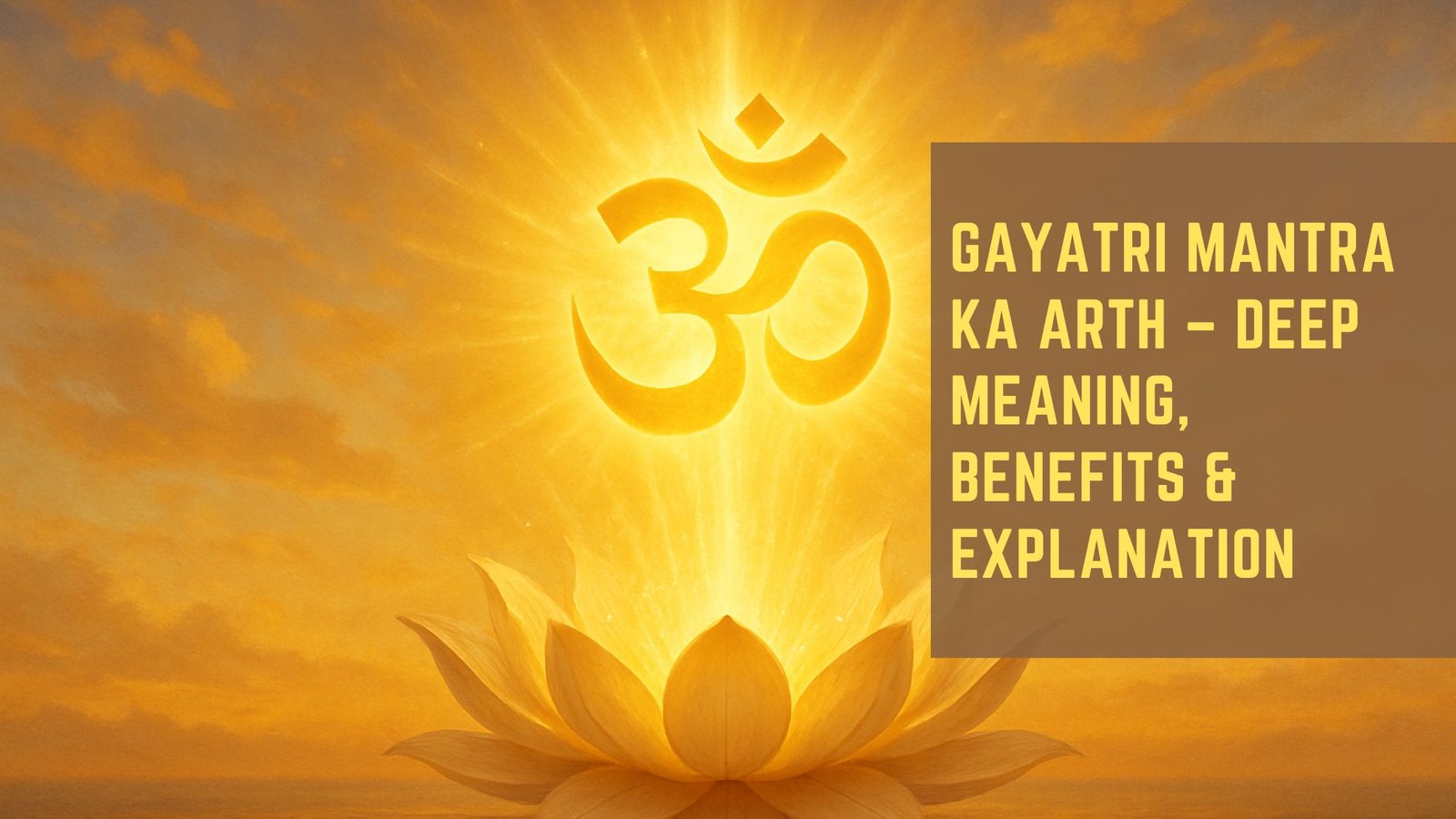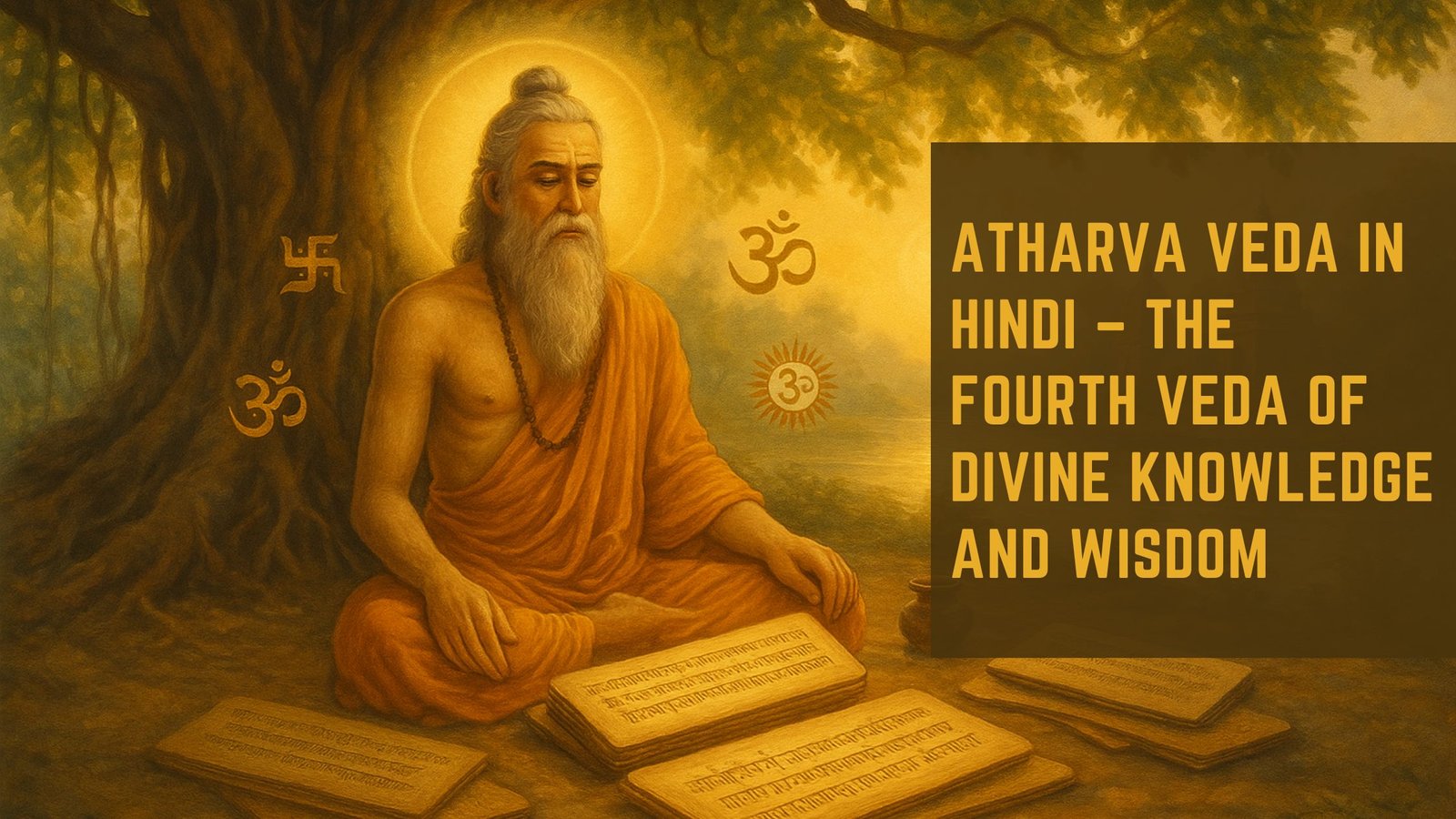The Bhagavad Gita, often referred to simply as the Gita, is a 700-verse Hindu scripture that is part of the Indian epic Mahabharata. It is a dialogue between Prince Arjuna and Lord Krishna, who serves as his charioteer. This sacred text is not merely a religious scripture; it is a philosophical treatise that addresses the moral and ethical dilemmas faced by individuals.
The Gita has transcended its historical and cultural origins, becoming a universal guide for those seeking wisdom and understanding in their lives. Its teachings resonate with people from various backgrounds, offering insights into the nature of existence, duty, and the path to self-realization. The context of the Gita is set on the battlefield of Kurukshetra, where Arjuna is torn between his duty as a warrior and his moral qualms about fighting against his own kin.
This internal conflict serves as a powerful metaphor for the struggles that individuals face in their own lives. The Gita’s teachings encourage readers to confront their dilemmas with courage and clarity, making it a timeless source of guidance. As the world continues to evolve, the relevance of the Gita remains steadfast, inviting individuals to explore its profound wisdom and apply it to their personal journeys.
Key Takeaways
- The Bhagavad Gita is a sacred Hindu scripture that is part of the Indian epic Mahabharata, and it is a conversation between Prince Arjuna and the god Krishna.
- The teachings of the Bhagavad Gita emphasize the concepts of duty, righteousness, and the path to spiritual enlightenment through selfless action and devotion.
- Applying the Bhagavad Gita in daily life involves practicing self-discipline, detachment from the fruits of one’s actions, and maintaining a sense of equanimity in the face of life’s challenges.
- Finding inner peace and balance through the Bhagavad Gita requires cultivating a sense of detachment from material desires and focusing on the eternal self, or Atman, within each individual.
- Overcoming challenges and obstacles with the Bhagavad Gita involves developing resilience, courage, and a sense of purpose in alignment with one’s dharma, or duty, as outlined in the scripture.
Understanding the teachings of the Bhagavad Gita
At its core, the Bhagavad Gita presents a synthesis of various philosophical concepts, including karma (action), dharma (duty), and yoga (the path to realization). One of the central teachings of the Gita is the importance of performing one’s duty without attachment to the results. This principle of selfless action encourages individuals to focus on their responsibilities while relinquishing the desire for personal gain.
By doing so, one can achieve a sense of fulfillment that transcends material success and fosters inner peace. Moreover, the Gita emphasizes the significance of understanding one’s true self, or Atman. It teaches that the essence of an individual is eternal and unchanging, distinct from the physical body.
This realization can lead to a profound transformation in how one perceives life and its challenges. By recognizing that they are not merely their thoughts or emotions, individuals can cultivate a sense of detachment from external circumstances, allowing them to navigate life’s ups and downs with greater equanimity.
Applying the Bhagavad Gita in daily life

Integrating the teachings of the Bhagavad Gita into daily life can be a transformative experience. One practical approach is to embrace the concept of mindfulness in everyday actions. By being fully present in each moment and performing tasks with intention, individuals can cultivate a deeper connection to their experiences.
This practice aligns with the Gita’s emphasis on selfless action, as it encourages individuals to engage in their duties without being overly concerned about outcomes. Additionally, the Gita advocates for self-reflection and introspection as essential components of personal growth. By regularly assessing one’s thoughts, motivations, and actions, individuals can gain clarity about their values and priorities.
This process not only fosters self-awareness but also helps individuals align their actions with their higher purpose. In a world filled with distractions and external pressures, taking time for self-reflection can be a powerful tool for maintaining focus and direction.
Finding inner peace and balance through the Bhagavad Gita
| Metrics | Data |
|---|---|
| Chapters in the Bhagavad Gita | 18 |
| Main themes | Duty, righteousness, devotion, and meditation |
| Key teachings | Detachment from outcomes, selflessness, and finding inner peace |
| Impact | Guidance for individuals seeking balance and spiritual growth |
The pursuit of inner peace is a universal aspiration, and the Bhagavad Gita offers valuable insights into achieving this state of being. One of its key teachings is the importance of equanimity—maintaining a balanced mind regardless of external circumstances. The Gita encourages individuals to cultivate an attitude of detachment from both success and failure, pleasure and pain.
By adopting this perspective, individuals can navigate life’s challenges with grace and composure. Furthermore, the Gita highlights the significance of devotion and surrender to a higher power. This act of surrender does not imply passivity; rather, it encourages individuals to trust in a greater plan while actively engaging in their responsibilities.
By letting go of excessive control over outcomes, individuals can experience a profound sense of liberation and peace. This balance between action and surrender allows for a harmonious existence that fosters both personal growth and spiritual development.
Overcoming challenges and obstacles with the Bhagavad Gita
Life is replete with challenges and obstacles that can often feel insurmountable. The Bhagavad Gita provides practical guidance on how to confront these difficulties with resilience and determination. One of its central messages is that challenges are an inherent part of life and should be viewed as opportunities for growth rather than sources of despair.
By reframing obstacles in this way, individuals can cultivate a mindset that embraces adversity as a catalyst for personal development.
Arjuna’s initial reluctance to fight serves as a reminder that even the most noble individuals may experience doubt and fear.
However, through Krishna’s guidance, Arjuna learns to harness his inner strength and confront his fears head-on. This narrative illustrates that overcoming obstacles often requires courage, self-belief, and a willingness to seek guidance from others. By embodying these qualities, individuals can navigate their own challenges with greater confidence and resolve.
Achieving success and fulfillment through the Bhagavad Gita

Success is often defined by external markers such as wealth, status, or recognition. However, the Bhagavad Gita offers a more profound understanding of success—one that is rooted in inner fulfillment rather than external validation. The Gita teaches that true success arises from aligning one’s actions with their higher purpose and values.
When individuals engage in work that resonates with their authentic selves, they experience a sense of fulfillment that transcends material achievements. Moreover, the Gita encourages individuals to cultivate an attitude of gratitude and contentment. By appreciating what one has rather than constantly striving for more, individuals can foster a sense of abundance in their lives.
This shift in perspective allows for greater joy in everyday experiences and nurtures a deeper connection to oneself and others. Ultimately, success becomes less about external accolades and more about living in alignment with one’s true nature.
Cultivating mindfulness and spirituality in modern life with the Bhagavad Gita
In an increasingly fast-paced world filled with distractions, cultivating mindfulness and spirituality has become essential for maintaining well-being. The Bhagavad Gita offers timeless practices that can help individuals reconnect with their inner selves amidst external chaos. Mindfulness—being fully present in each moment—can be cultivated through meditation, self-reflection, and conscious breathing techniques advocated by the Gita.
Additionally, spirituality is not confined to religious practices; it encompasses a broader understanding of one’s connection to the universe and others. The Gita encourages individuals to explore their spiritual paths through self-inquiry and contemplation. By engaging in practices that foster spiritual growth—such as yoga or meditation—individuals can develop a deeper sense of purpose and connection to something greater than themselves.
This journey toward spirituality enriches daily life by infusing it with meaning and intention.
Embracing the wisdom of the Bhagavad Gita in the modern world
In conclusion, the Bhagavad Gita stands as a beacon of wisdom that transcends time and culture. Its teachings offer profound insights into navigating life’s complexities while fostering personal growth and spiritual development. By embracing its principles—such as selfless action, mindfulness, and inner peace—individuals can cultivate resilience in the face of challenges while achieving true fulfillment.
As modern life continues to evolve at an unprecedented pace, the relevance of the Gita remains unwavering. Its timeless wisdom serves as a guiding light for those seeking clarity amidst confusion and purpose amidst chaos. By integrating its teachings into daily life, individuals can embark on a transformative journey toward self-discovery and enlightenment, ultimately embracing the richness of existence in all its forms.
Integrating the principles of the Bhagavad Gita into modern society can provide valuable guidance for navigating life’s challenges. In a related article, “Unlocking the Bhagavad Gita’s Hidden Wisdom,” the timeless teachings of the Gita are explored in depth, revealing profound insights that can help individuals lead more fulfilling and purposeful lives. By incorporating the universal wisdom of the Gita into our daily routines and decision-making processes, we can cultivate a deeper sense of inner peace and clarity amidst the chaos of the modern world. To read more about how the Bhagavad Gita serves as a timeless guide to life, check out








